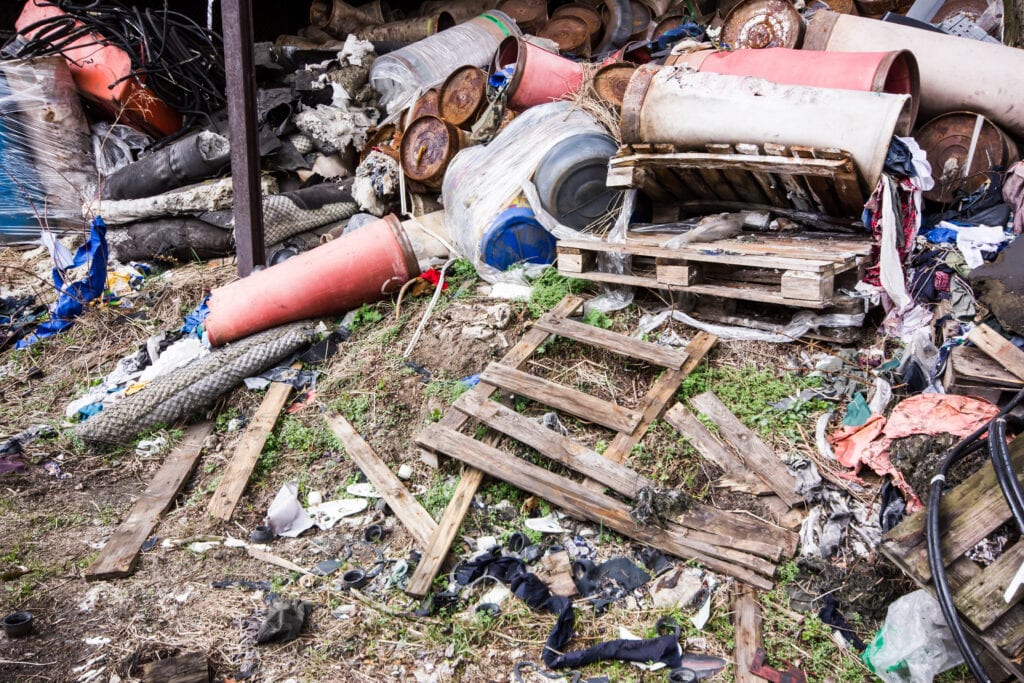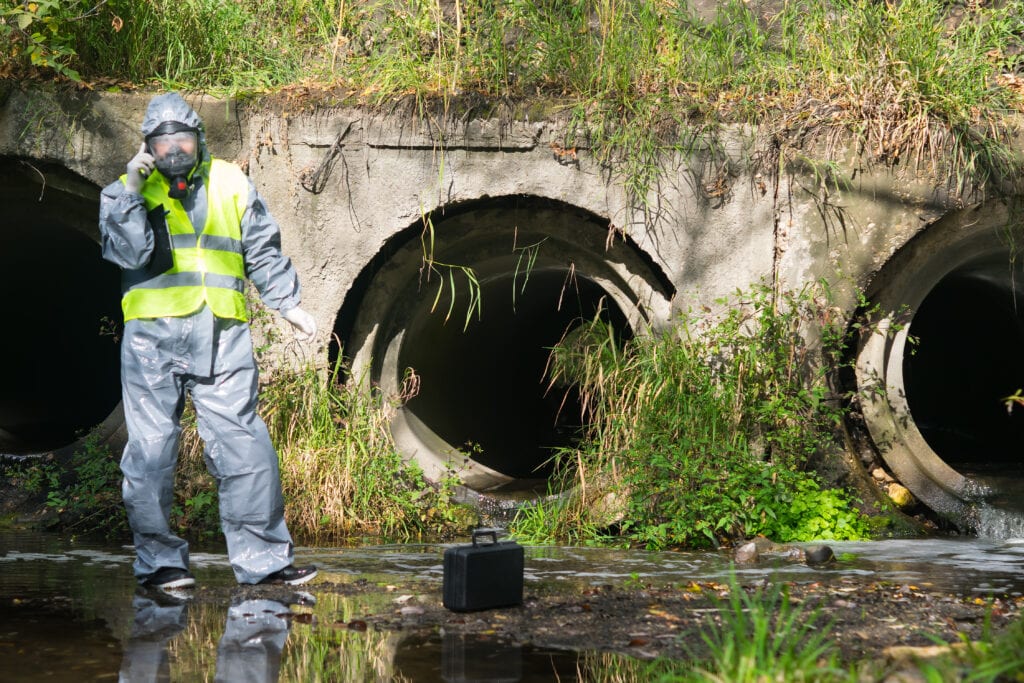Meeting environmental due diligence requirements has always been a challenge, and the recent promulgation of new regulations by the United States Environmental Protection Agency (EPA) has added new hurdles. Environmental, Inc. personnel have the extensive experience in compliance with these regulations to assist our clients in efficiently navigating these regulations.
Phase I Environmental Site Assessment (ESA)/EPA All Appropriate Inquiry (AAI) – The EPA established standards and practices for conducting AAIs as required under sections 101(35)(B)(ii) and (iii) of the Comprehensive Environmental Response, Compensation, and Liability Act (CERCLA) effective November 2, 2006. ASTM Standard E1527-21, the standard by which Phase I ESAs are conducted, was modified to reflect the adoption of the AAI standard by the EPA. The purpose of the Phase I ESA/AAI reports is to provide you with landowner liability protection under the CERCLA regulation.


